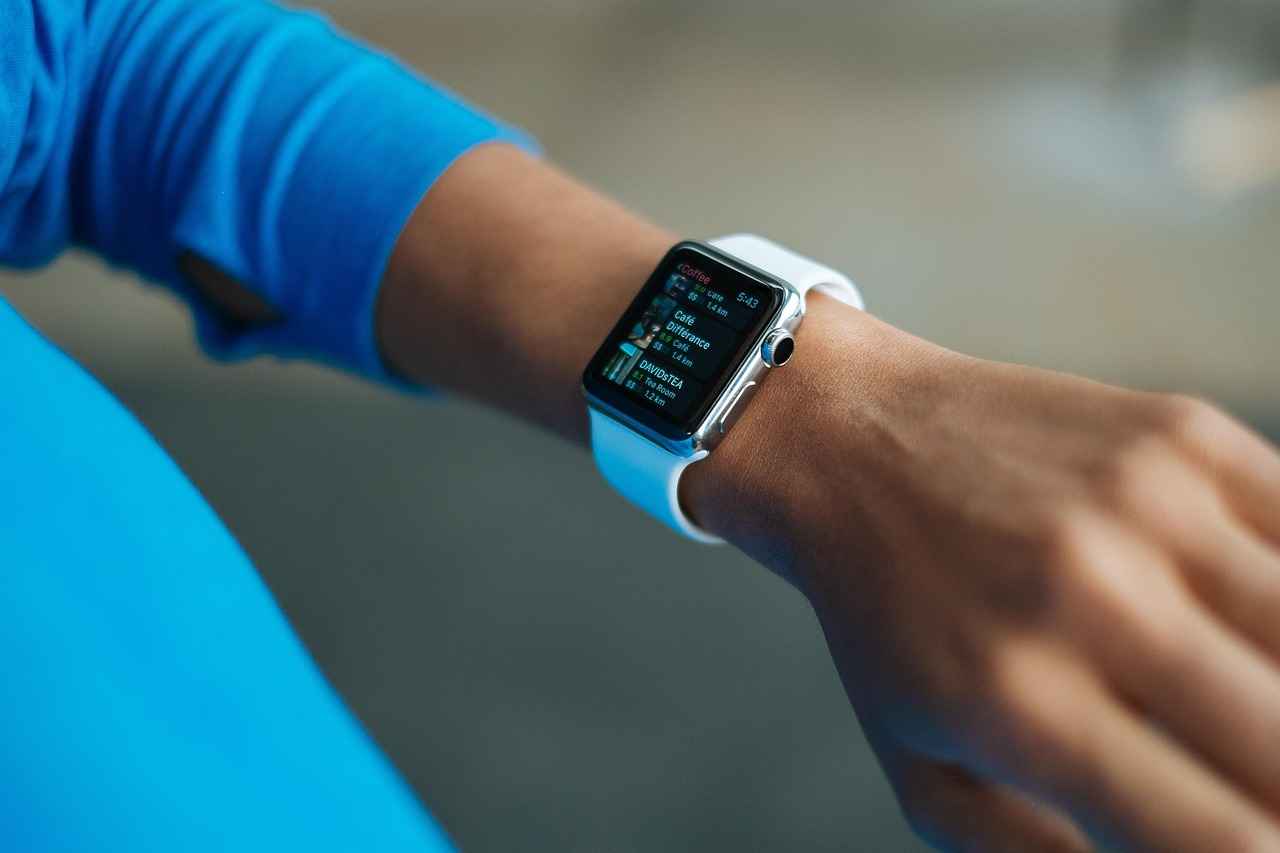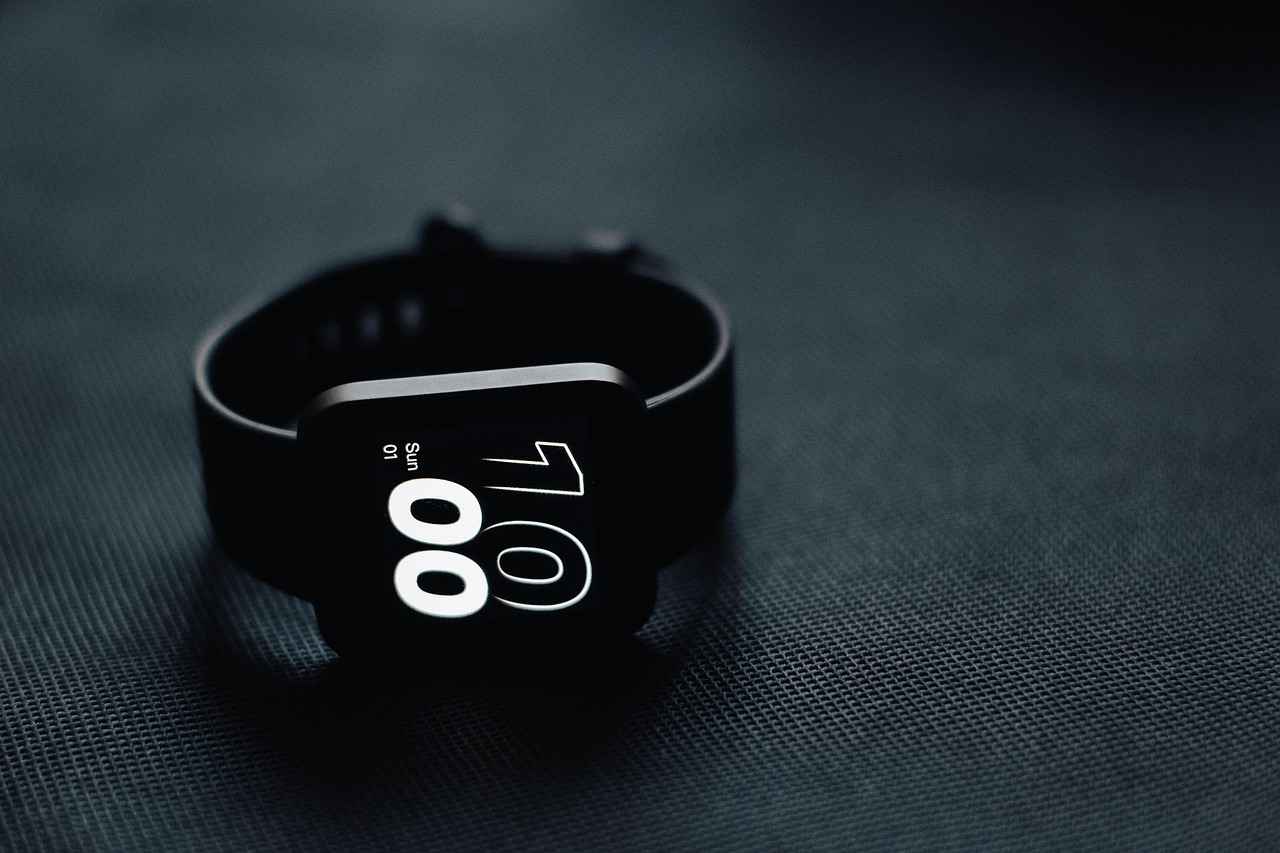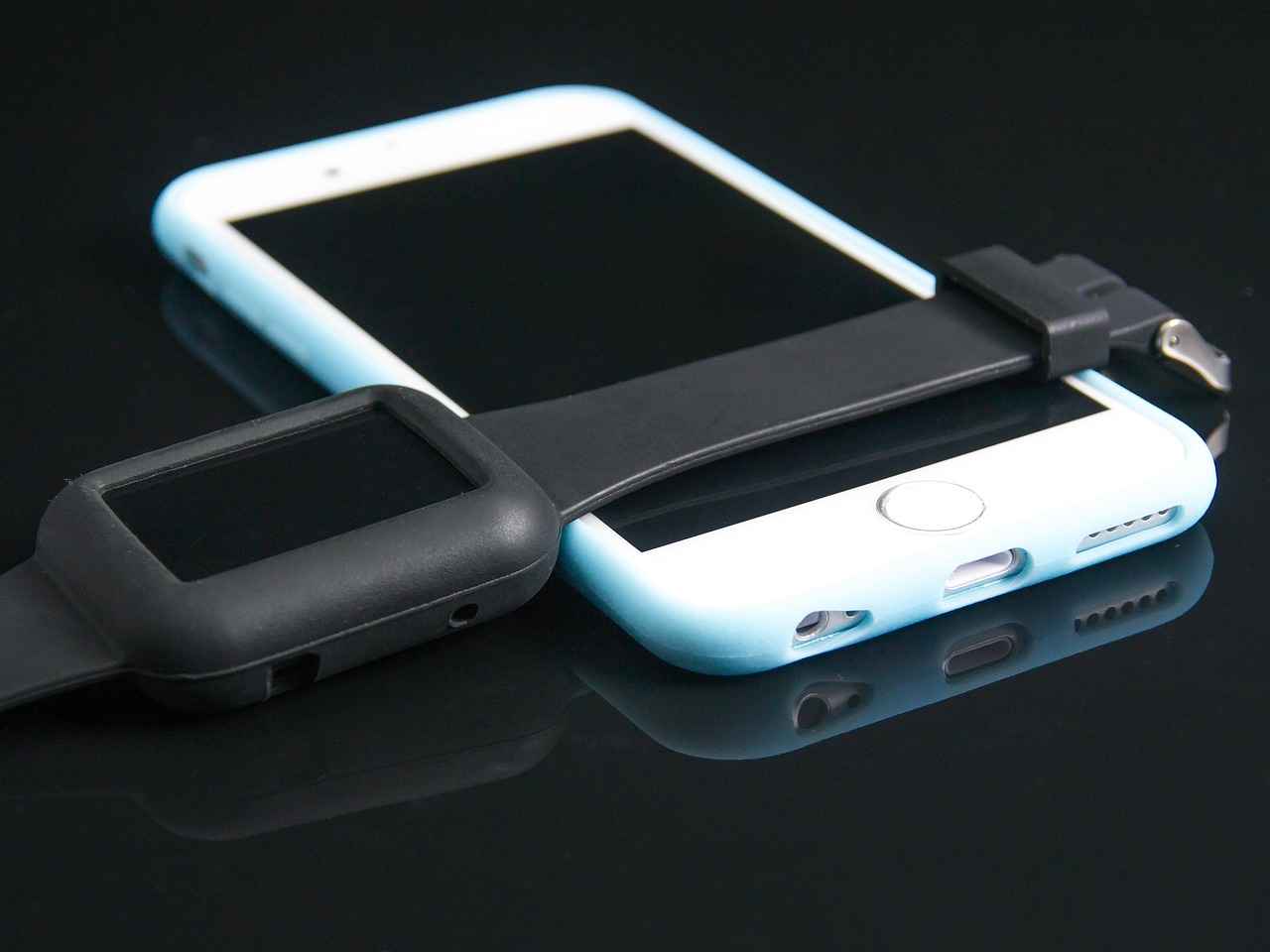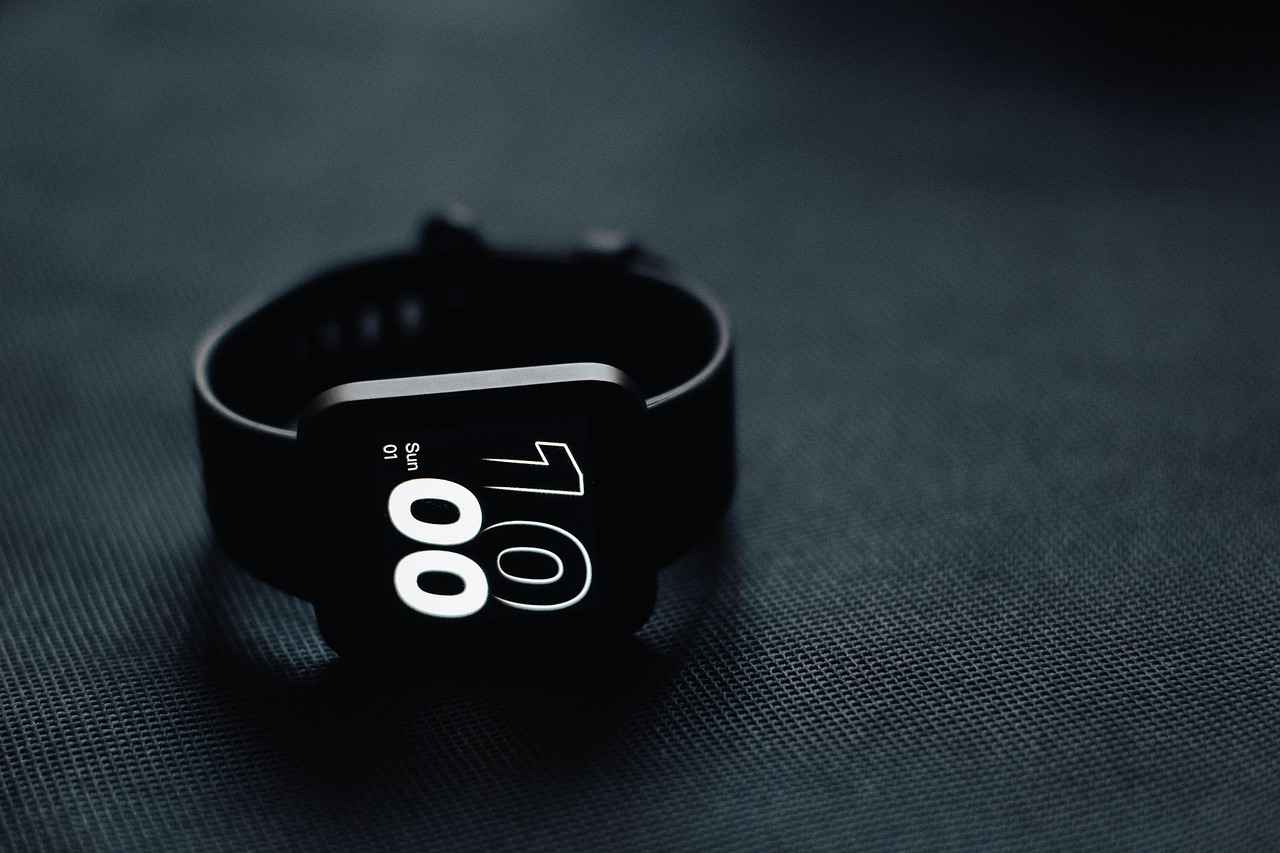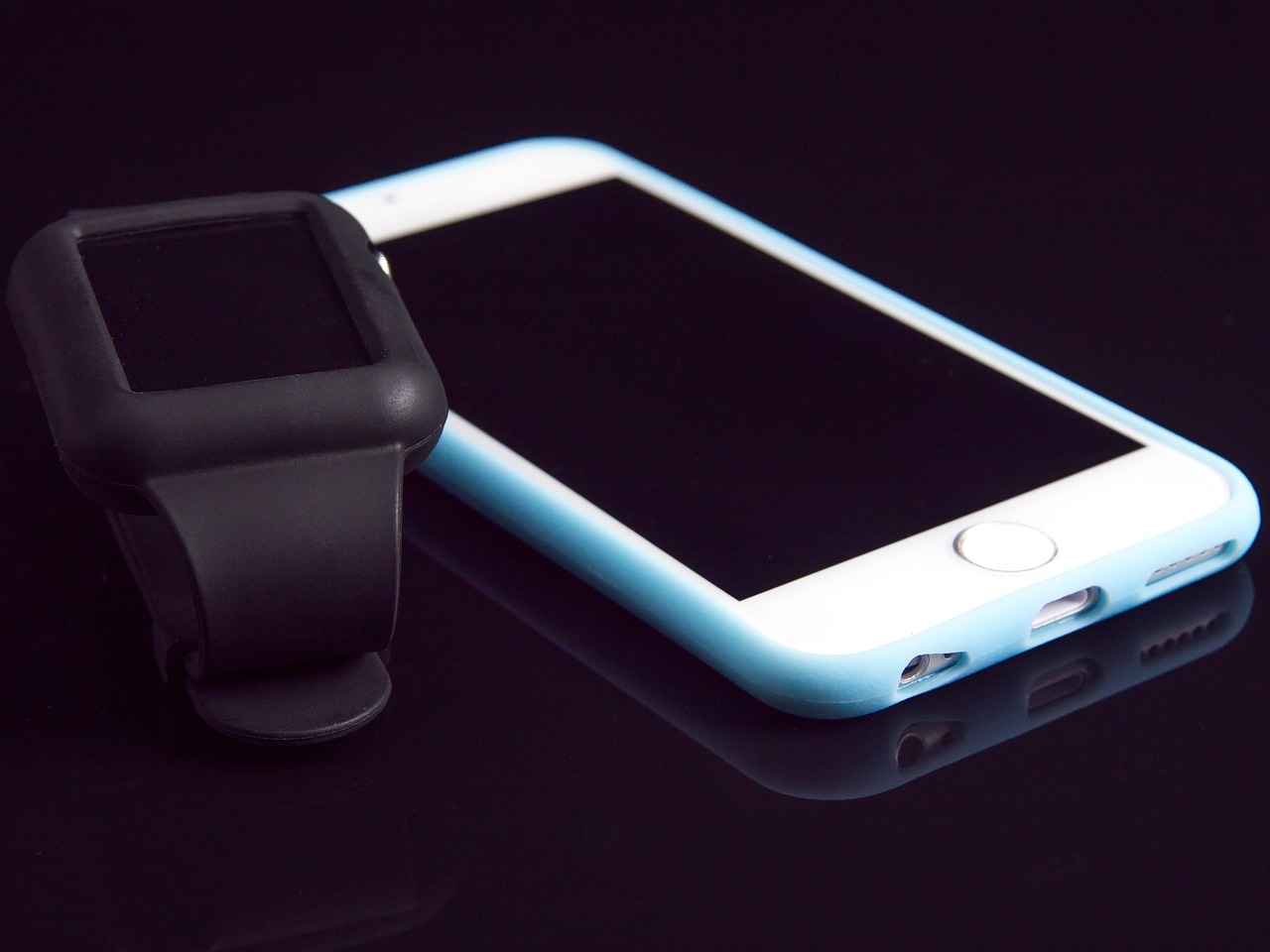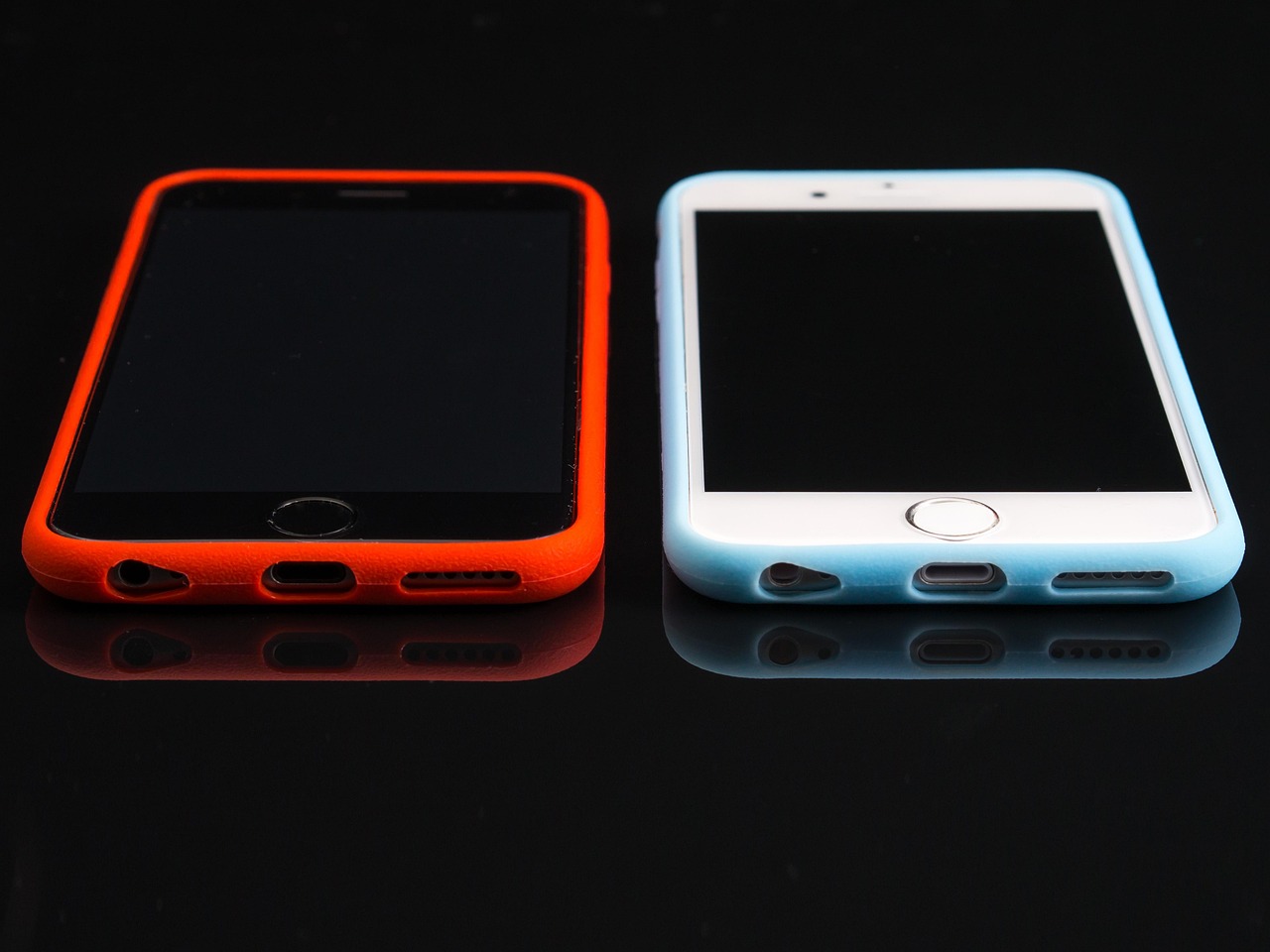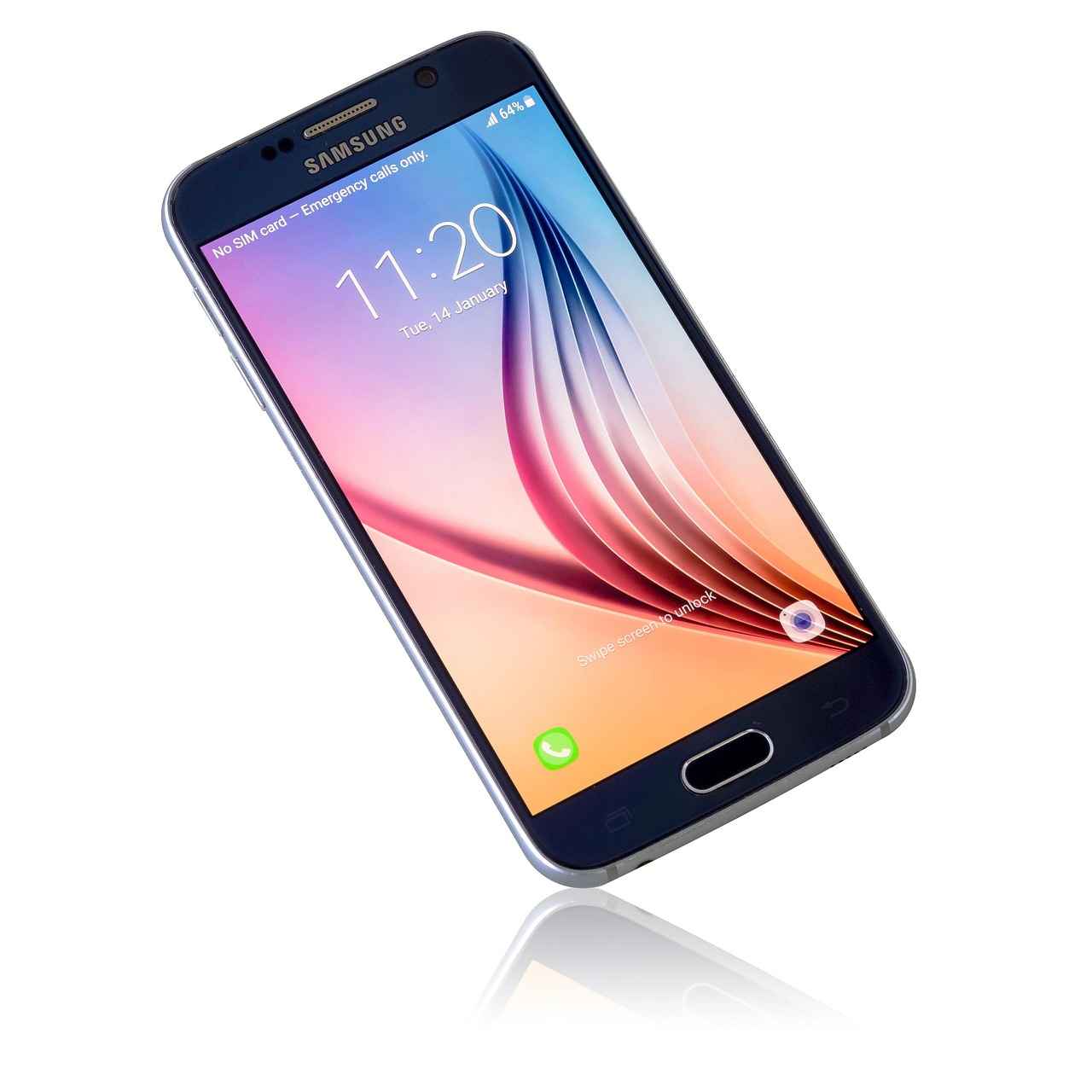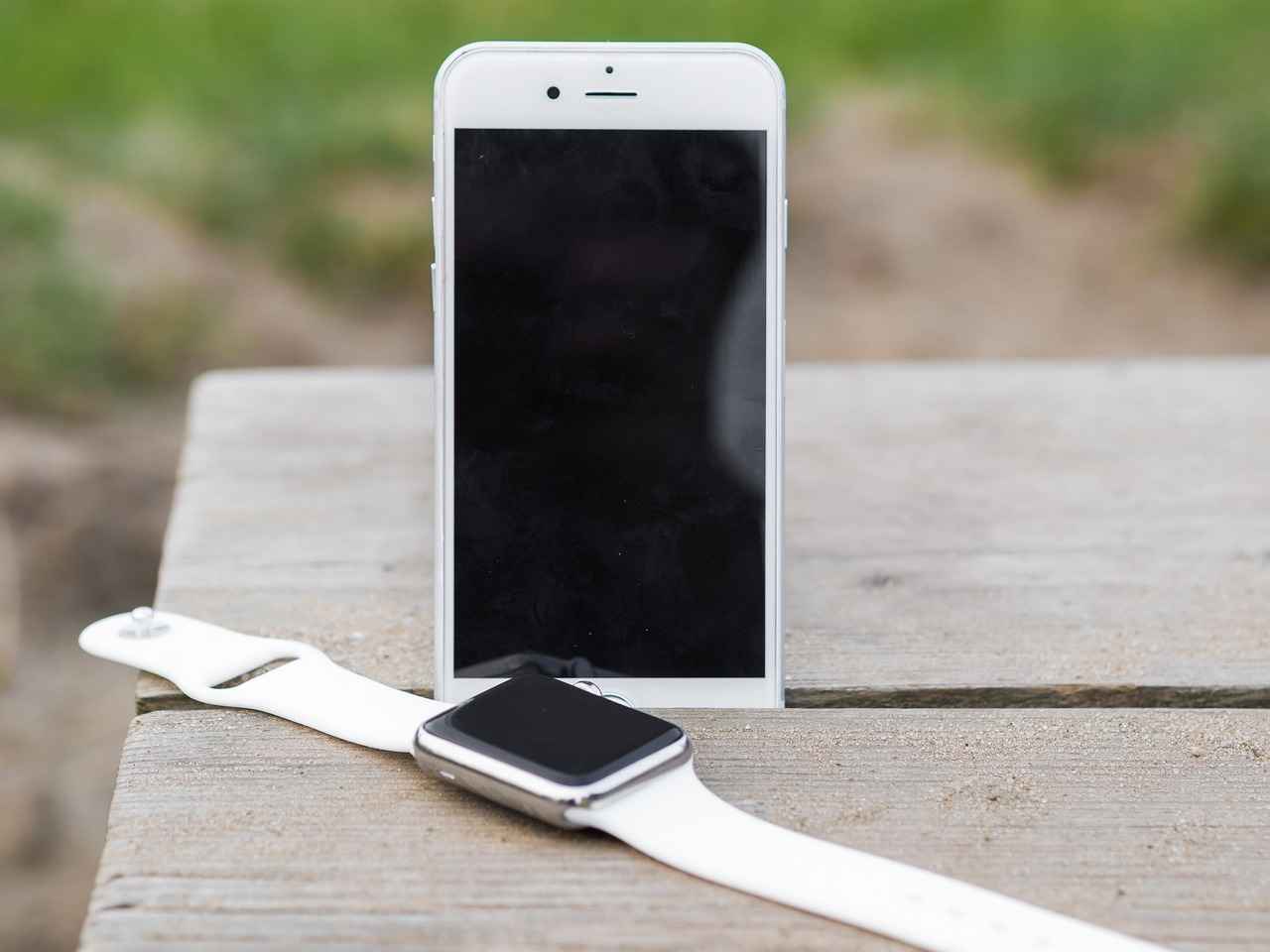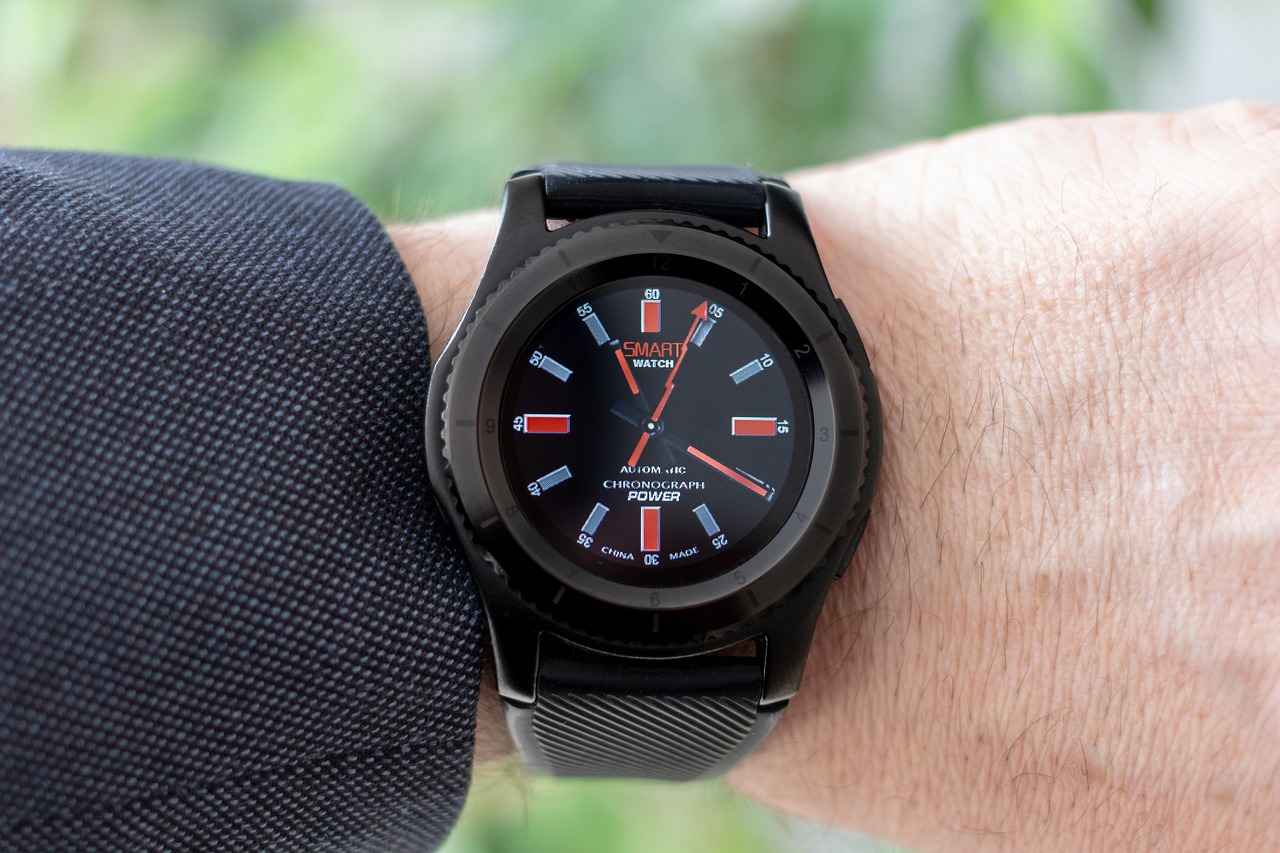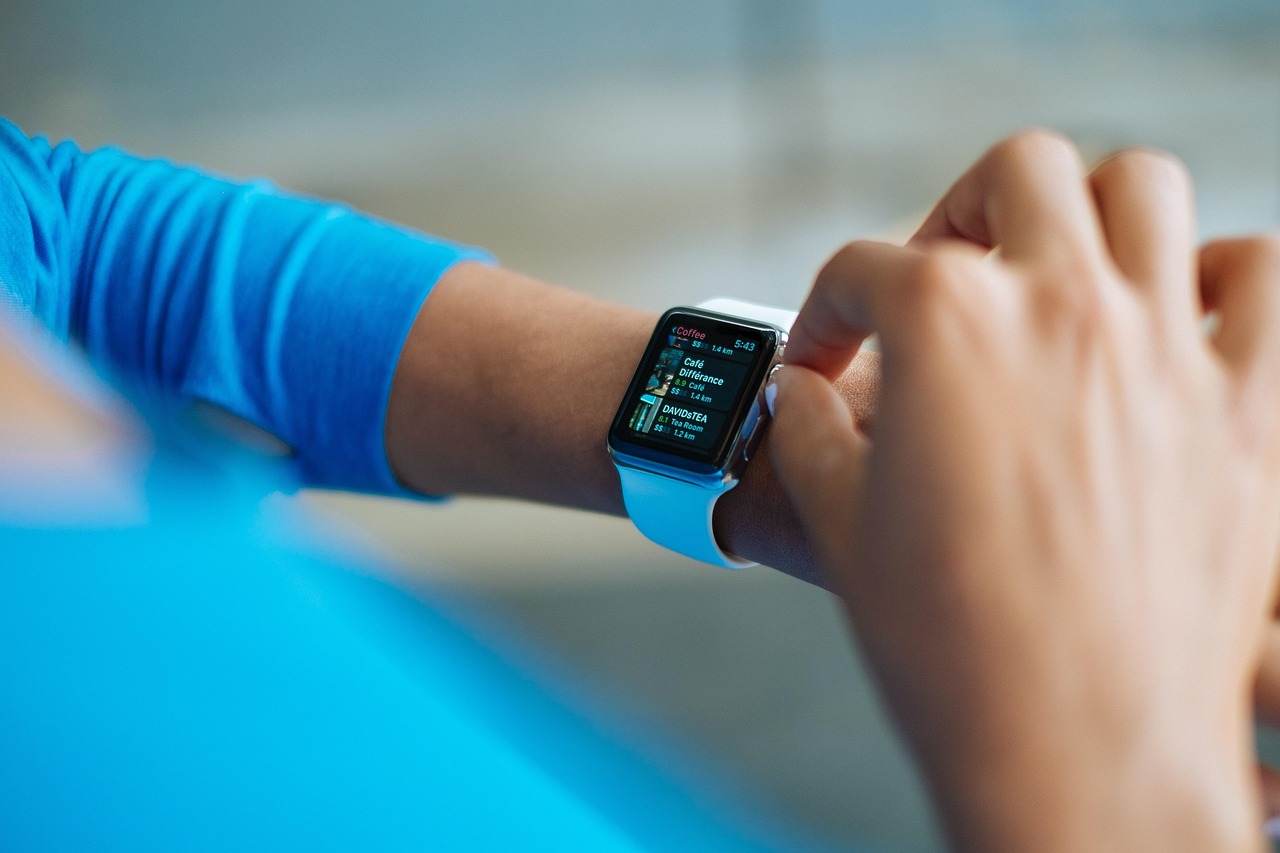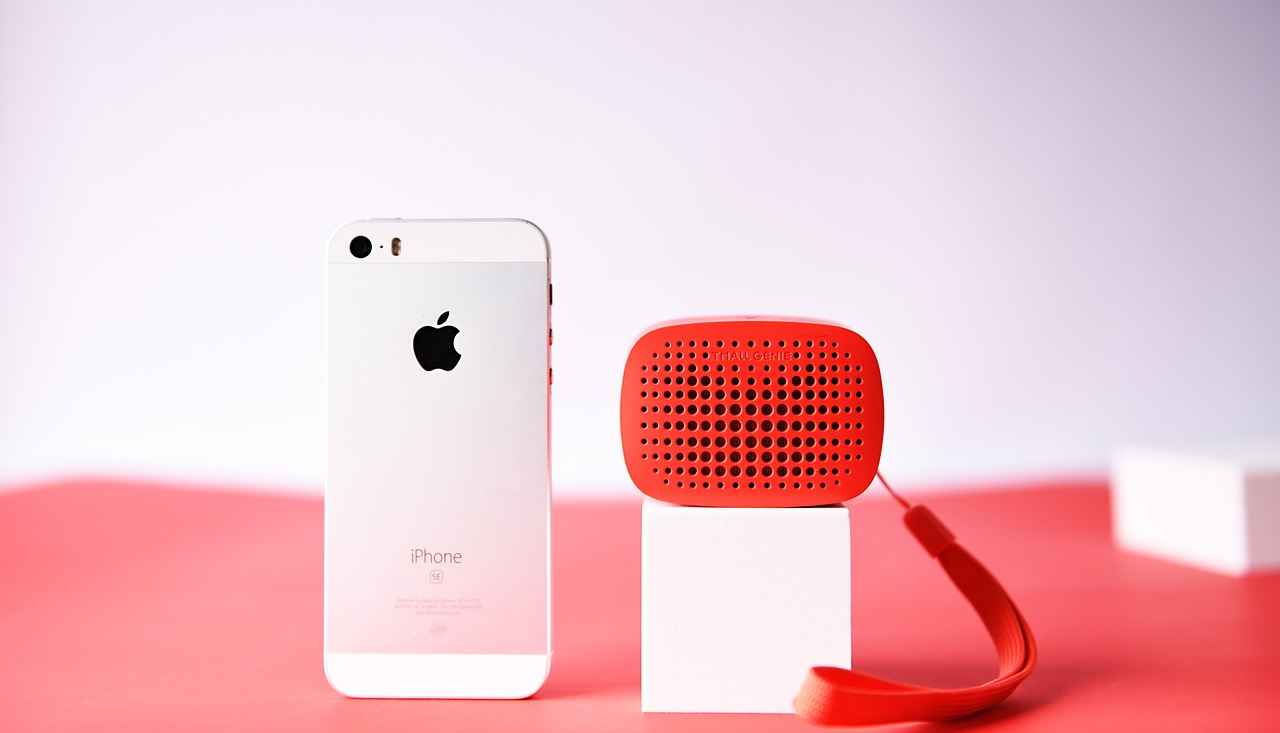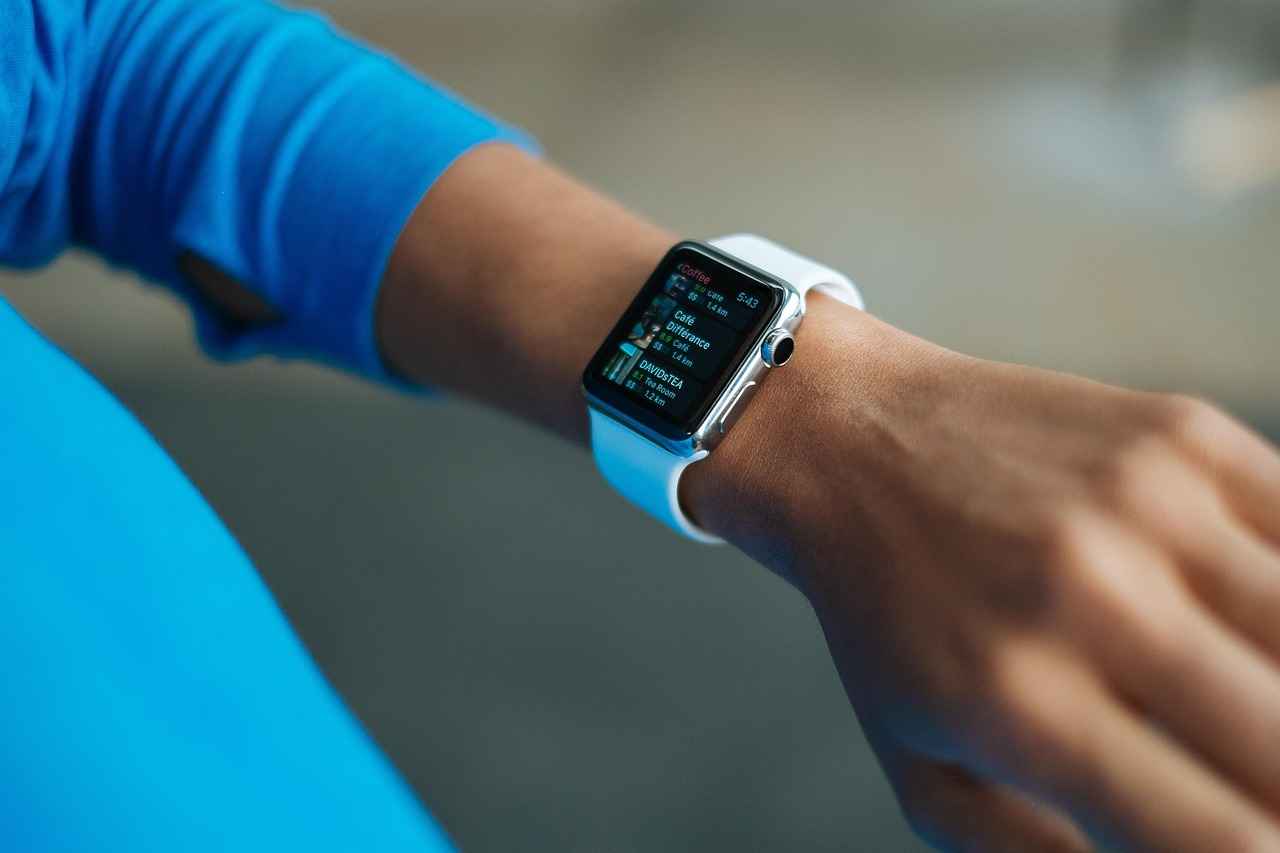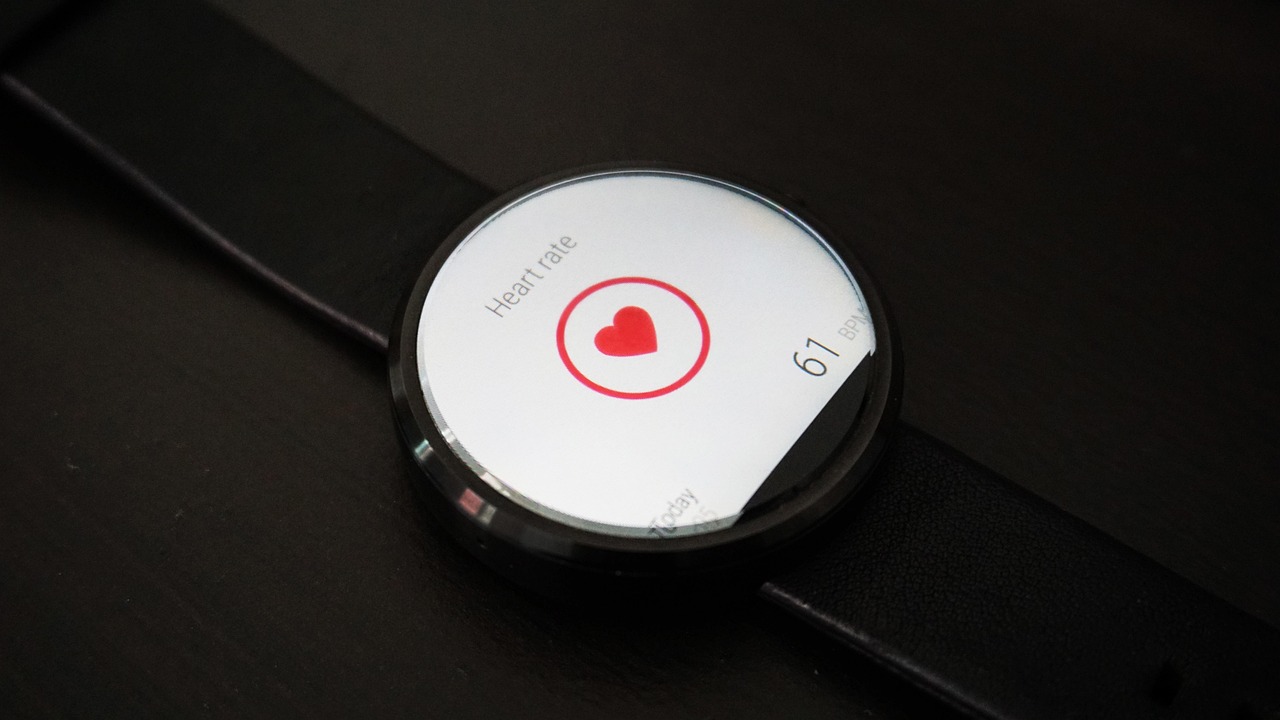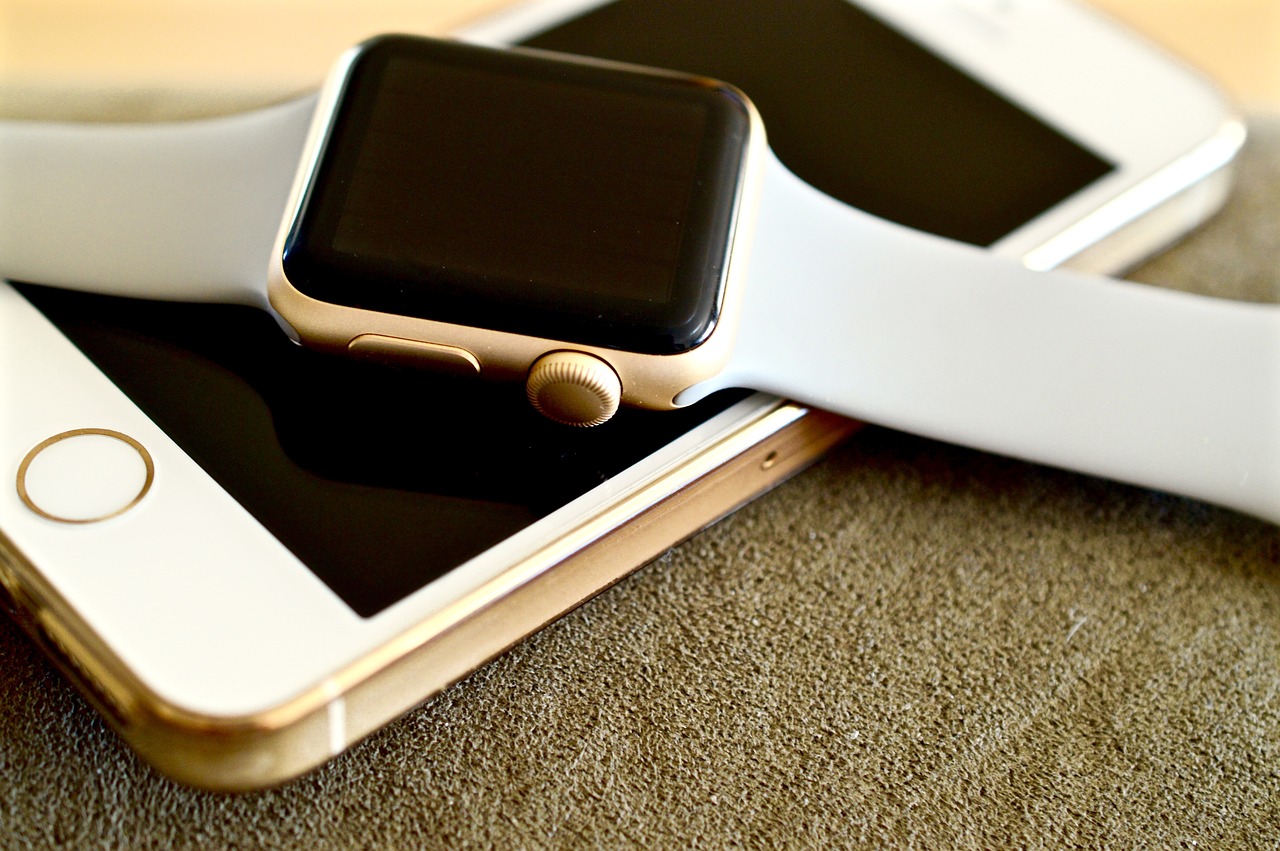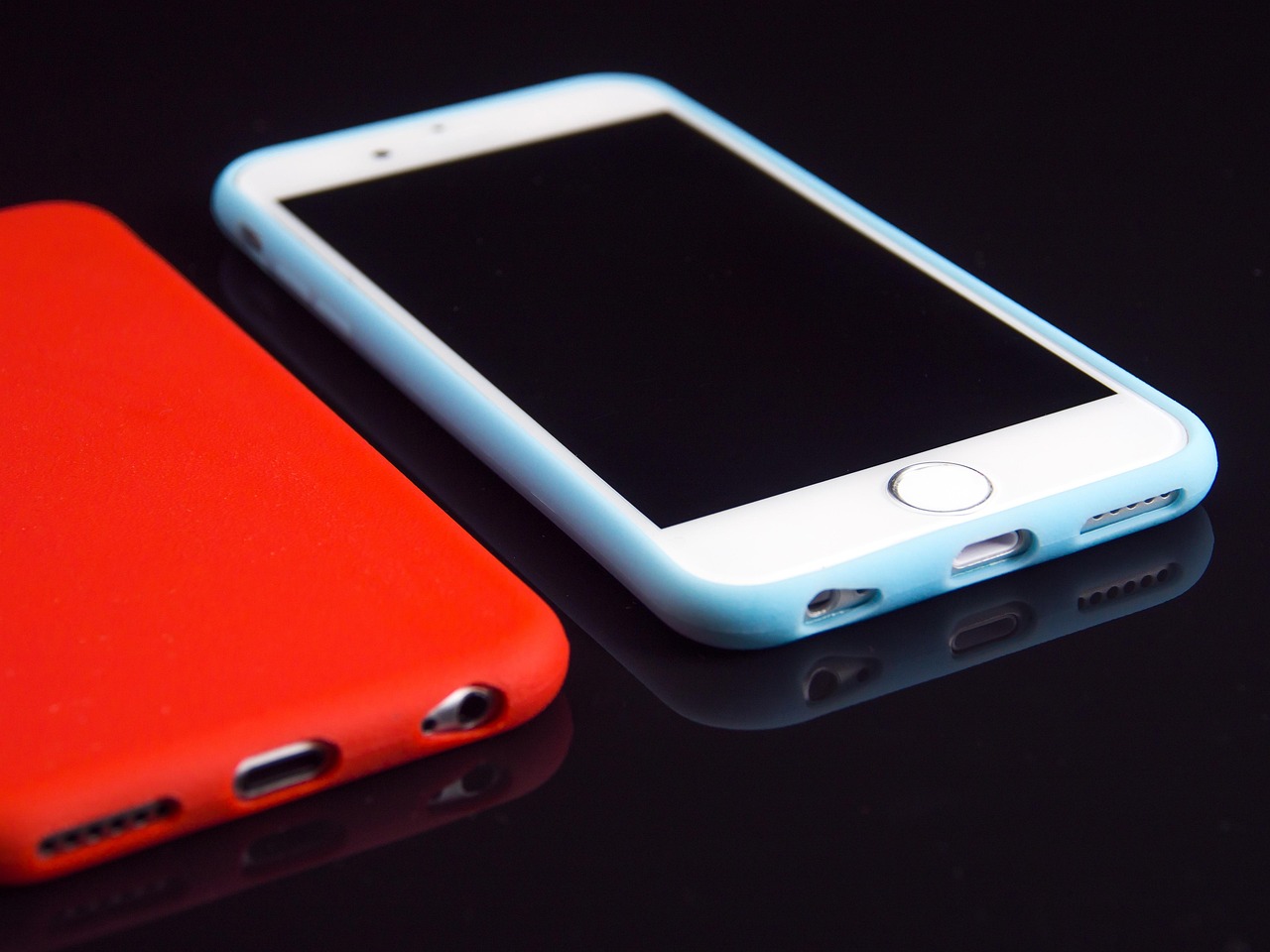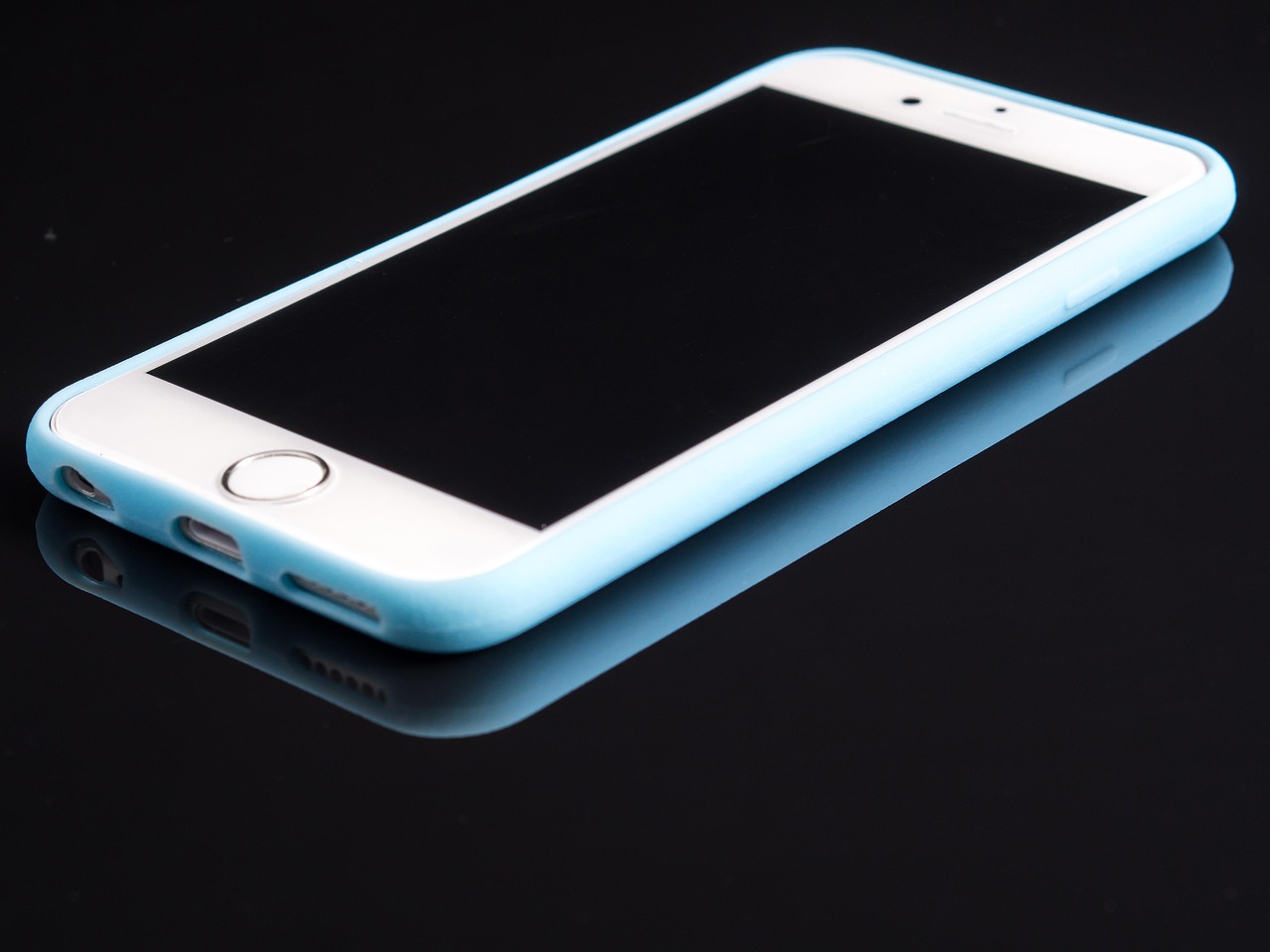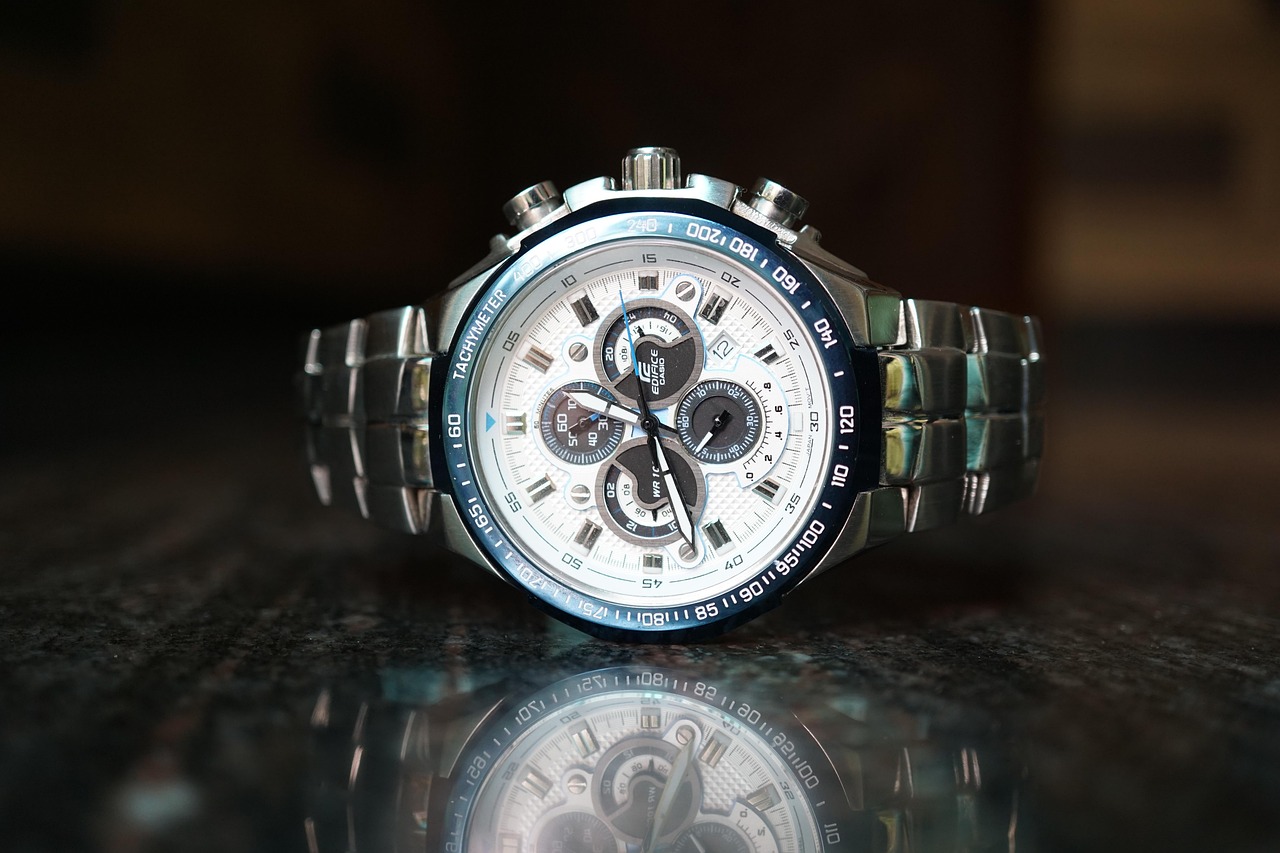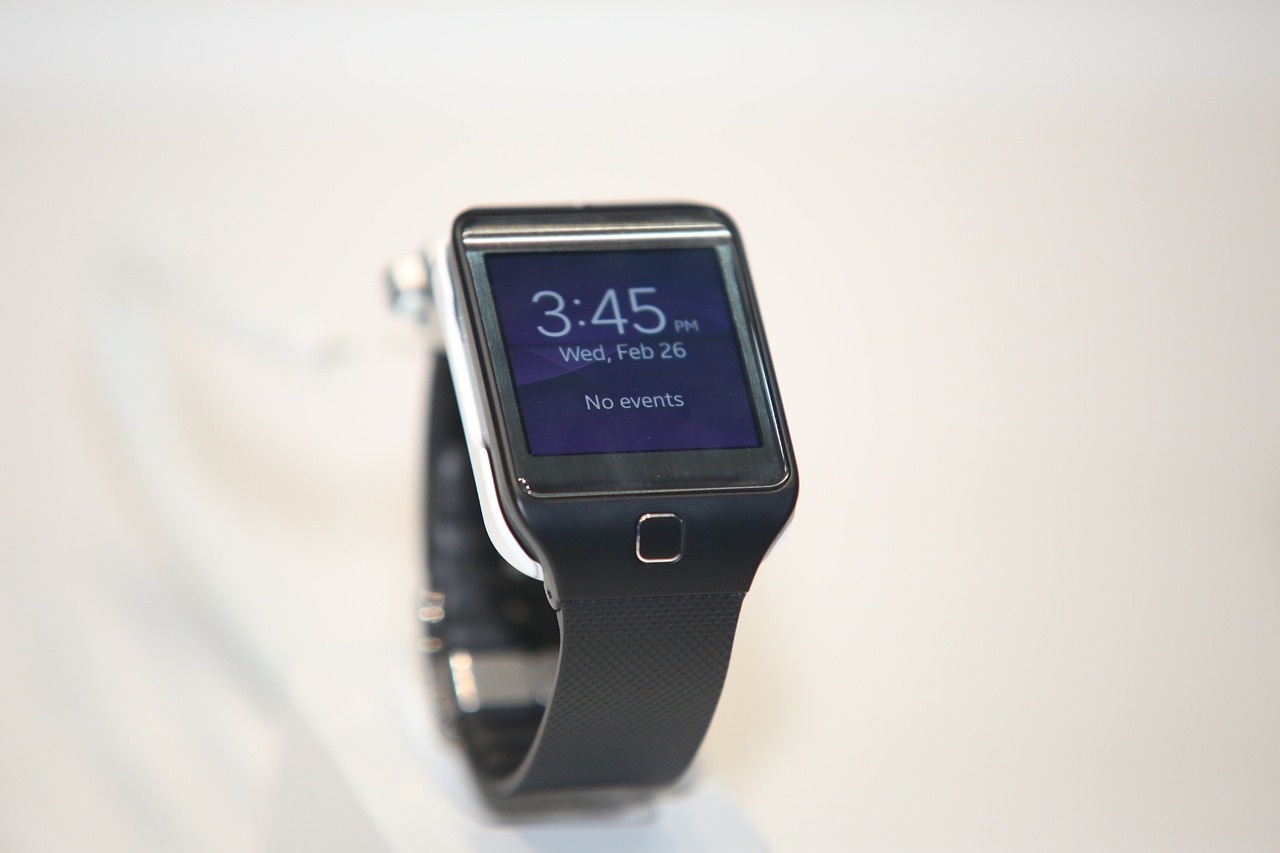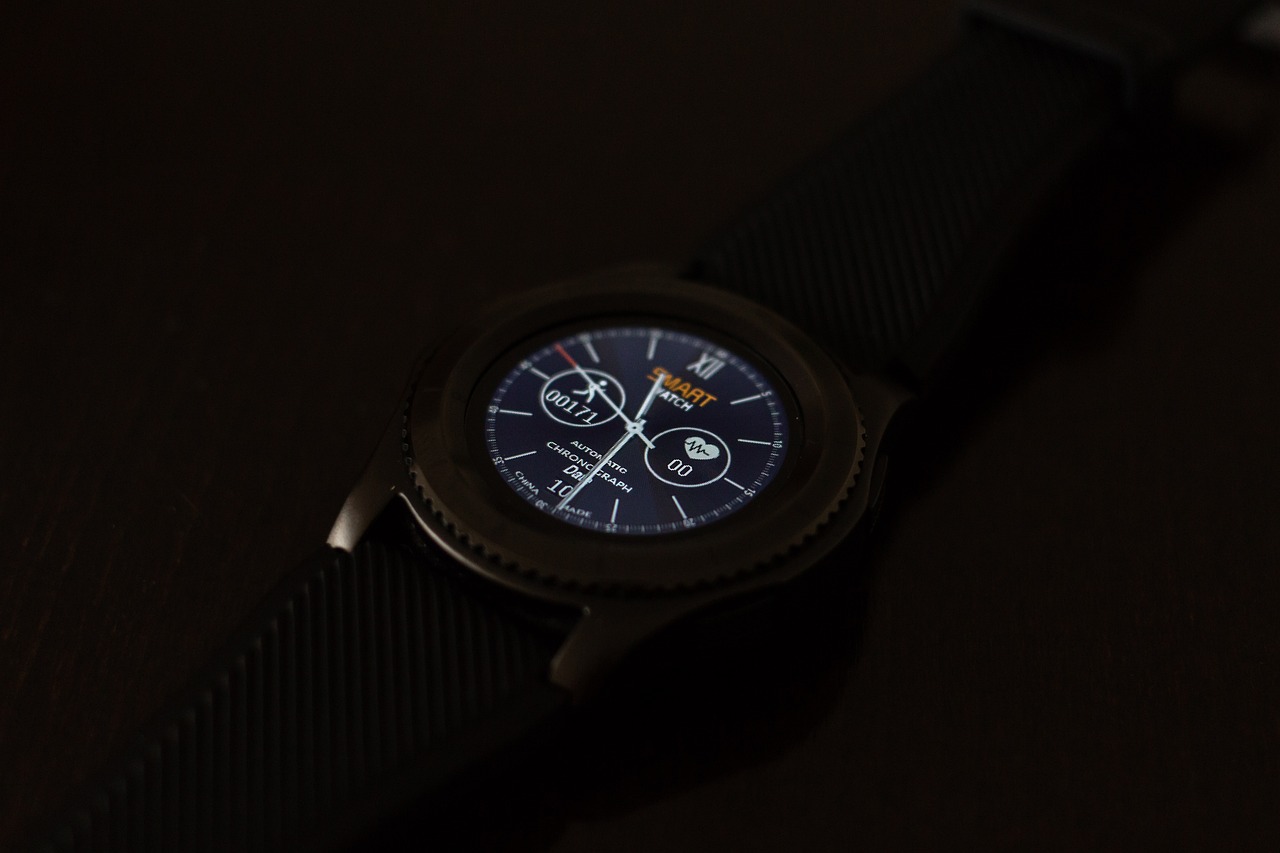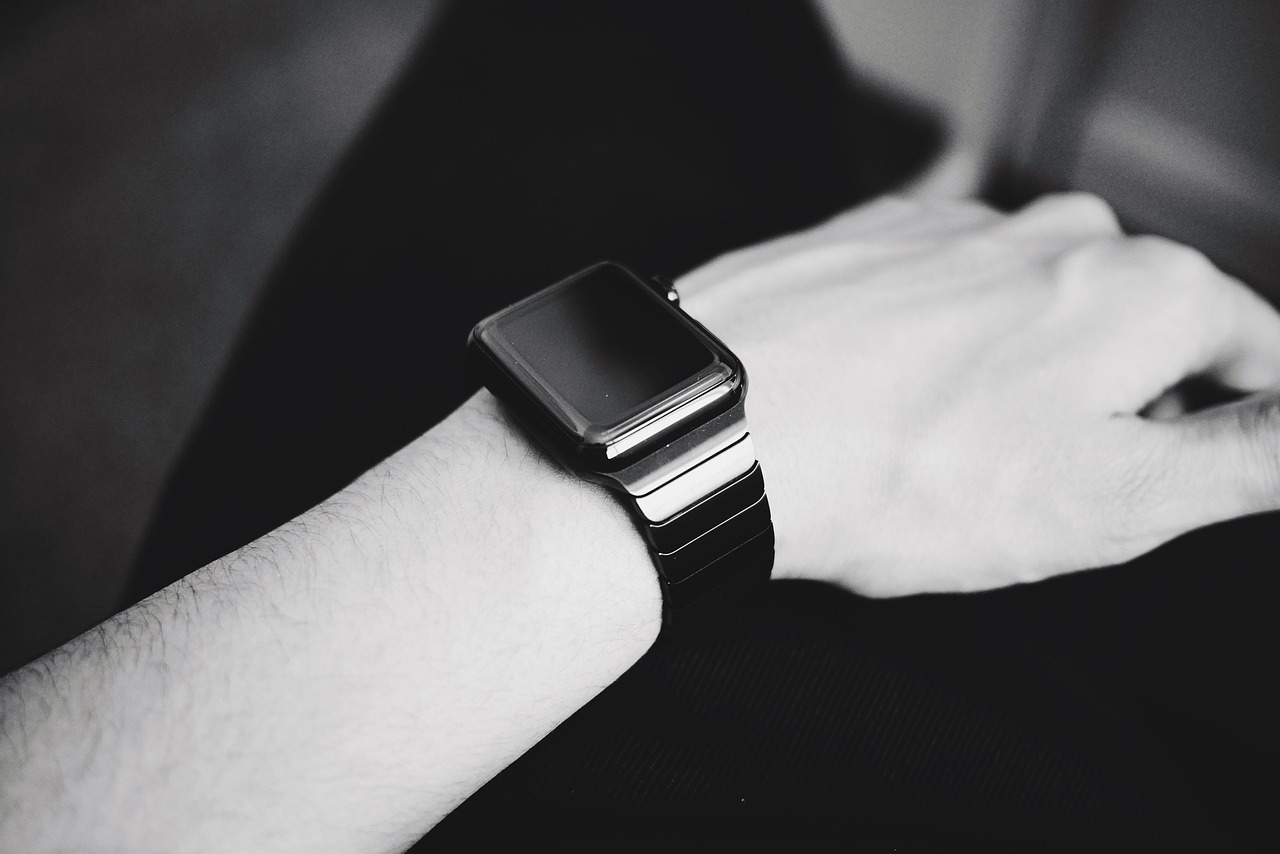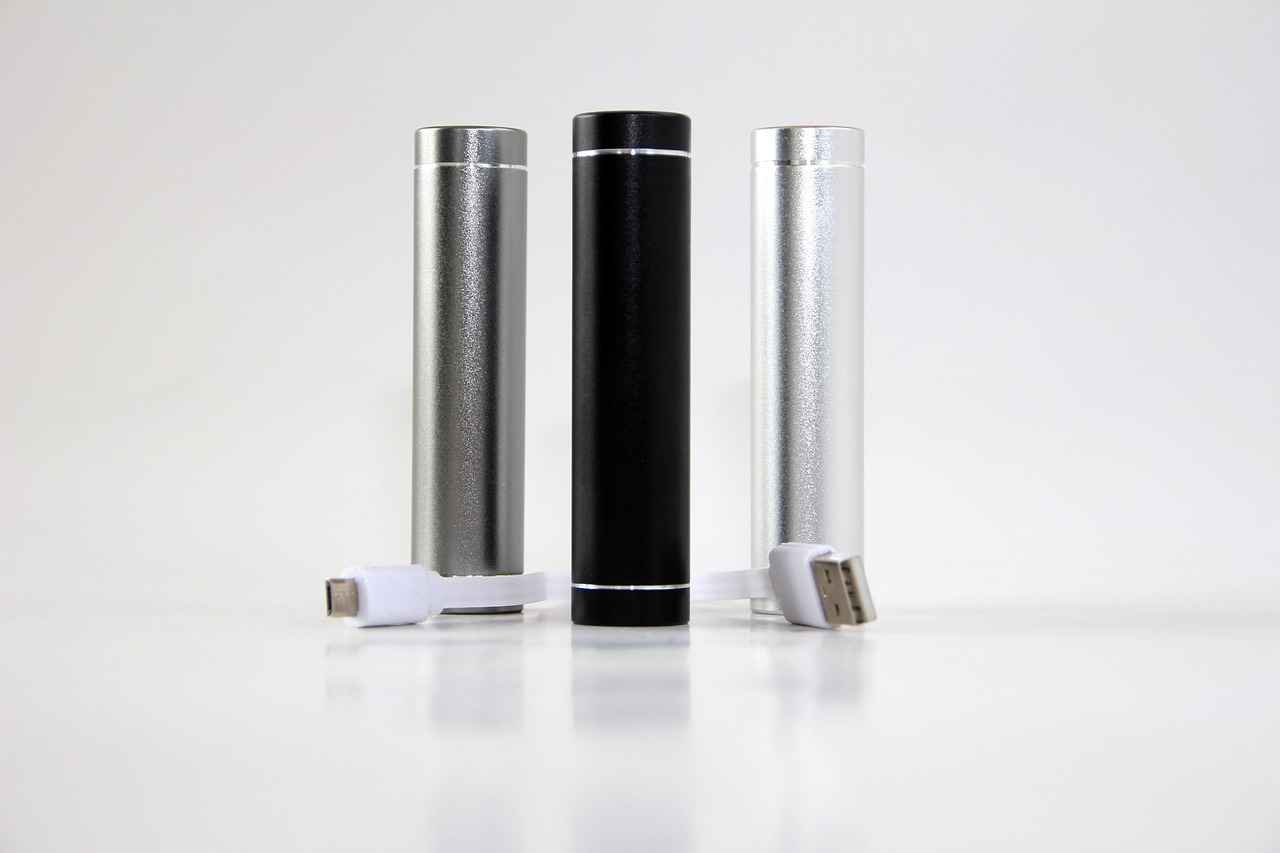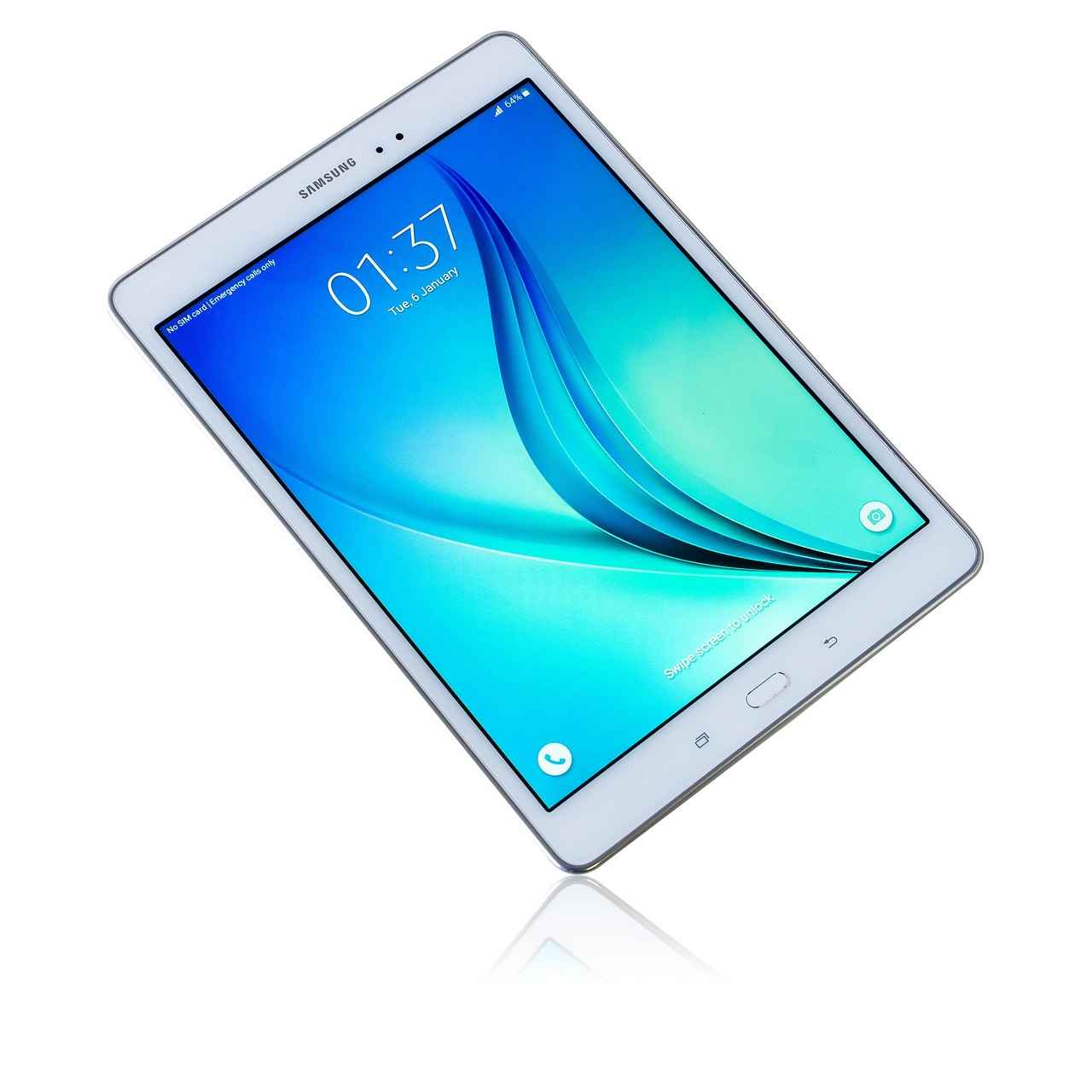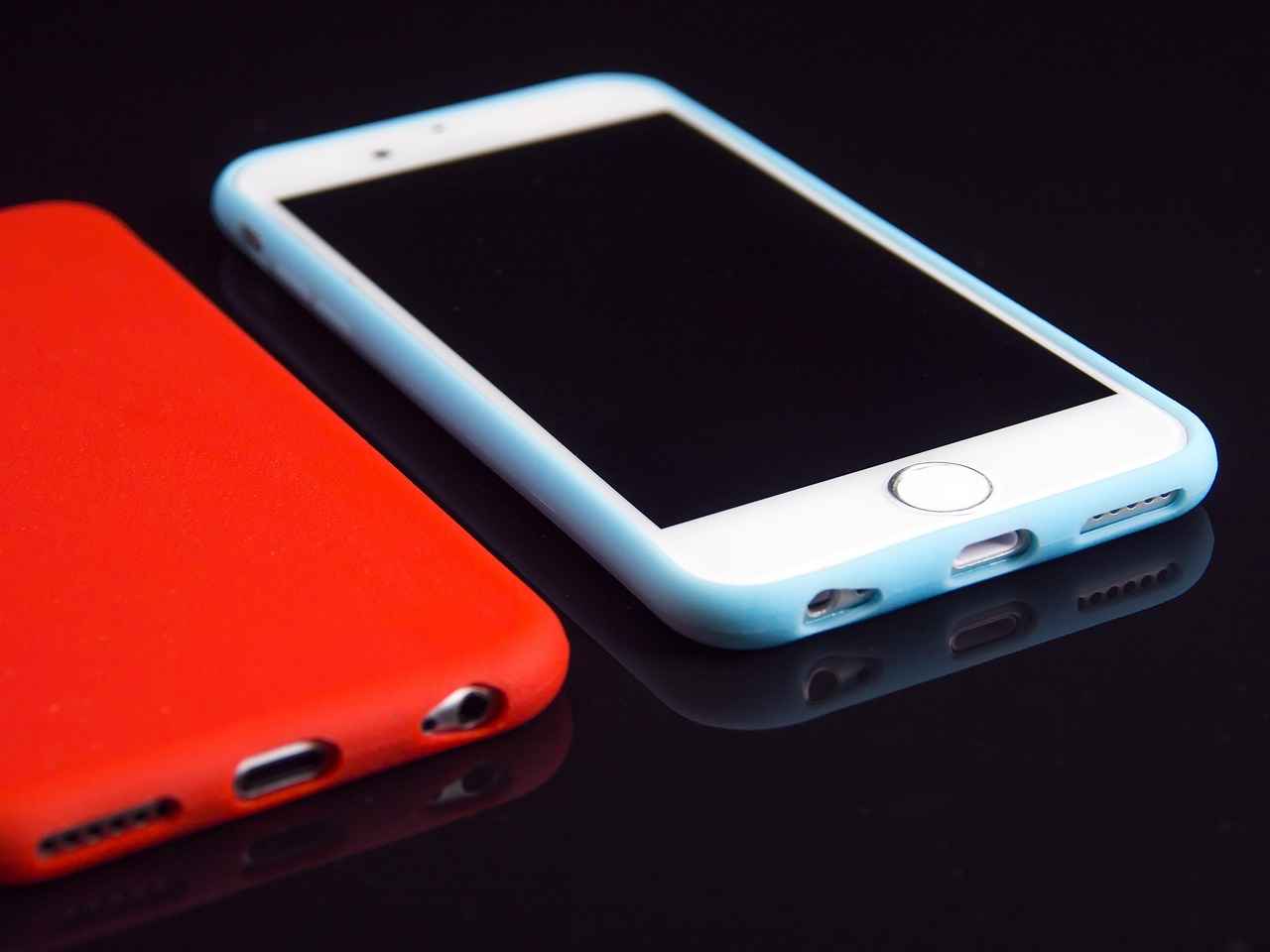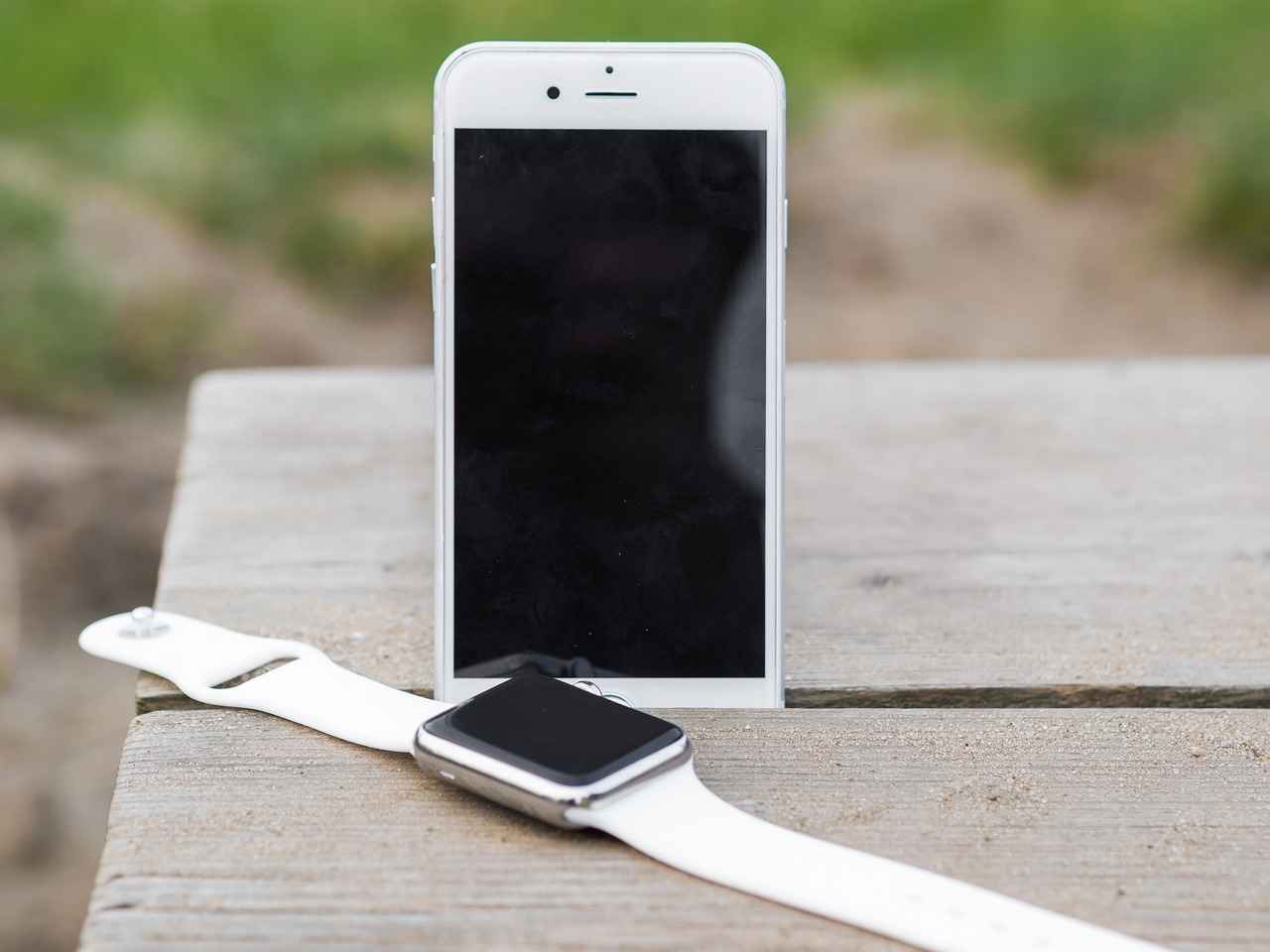This article explores the best smartwatches available today, focusing on their battery longevity, features, and user experiences to help you make an informed decision. With the growing reliance on wearable technology, understanding these aspects is crucial for users who want devices that can keep up with their active lifestyles.
Why Battery Life Matters in Smart Watches
Battery life is a pivotal factor when choosing a smartwatch. A device with a long-lasting battery ensures that users can enjoy uninterrupted functionality. Frequent recharging can be a hassle, especially for those who rely on their smartwatches for fitness tracking, notifications, and other essential tasks. A smartwatch with superior battery longevity allows for a seamless user experience, making it an indispensable tool in daily life.
Top Features to Look for in a Long-Lasting Smart Watch
- Battery Technology: Different types of batteries, such as lithium-ion and lithium-polymer, affect performance.
- Display Type: OLED displays may consume more power than LCDs, impacting battery life.
- Power-Saving Modes: Features that enable reduced power consumption can significantly extend usage time.
Battery Technology Explained
Smartwatches commonly use lithium-ion batteries due to their efficiency, while lithium-polymer batteries offer design flexibility. Understanding these technologies can help users select a device that meets their needs.
Power-Saving Modes and Their Benefits
Smartwatches equipped with power-saving modes can dramatically enhance battery life. These modes allow users to maximize their device’s functionality between charges without sacrificing essential features.
Best Smart Watches with Impressive Battery Life
- Garmin Fenix 7 Series: Known for its rugged design and exceptional battery longevity, this series is perfect for outdoor enthusiasts.
- Apple Watch Ultra: This model combines advanced features with impressive battery life, catering to users seeking a premium experience.
Comparative Analysis of Battery Life Across Brands
Different brands offer varying battery performances. For instance, comparing the Samsung Galaxy Watch 5 and Fitbit Versa 3 reveals significant differences in battery longevity and functionality, helping users choose based on their lifestyle needs. Additionally, understanding the battery performance differences between Wear OS and proprietary operating systems can guide users in selecting the right smartwatch for their requirements.

Why Battery Life Matters in Smart Watches
When it comes to smartwatches, battery life is a critical factor that can significantly influence your overall experience. A smartwatch with a long-lasting battery ensures that you can enjoy its myriad features without the constant worry of running out of power. Frequent recharging can be not only inconvenient but can also detract from the usability of the device, especially for those who lead busy lives or engage in outdoor activities.
Understanding the importance of battery life in smartwatches goes beyond just the duration between charges. It encompasses various aspects, including functionality, performance, and user satisfaction. A smartwatch with superior battery longevity allows you to track fitness metrics, receive notifications, and utilize apps without interruption. This seamless functionality is essential for users who rely on their devices for both personal and professional tasks.
Moreover, the impact of battery life extends to the device’s health tracking capabilities. Many users depend on smartwatches to monitor their heart rate, sleep patterns, and physical activity. A smartwatch that requires frequent charging may lead to missed data and incomplete health assessments. Thus, a longer battery life ensures that you can maximize the benefits of these health features.
In addition, power-saving modes present in many smartwatches can further enhance battery performance. These modes often allow users to extend battery life significantly by limiting background processes and reducing screen brightness. This functionality is particularly beneficial during long trips or outdoor adventures where charging options may be limited.
Ultimately, investing in a smartwatch with a robust battery life can greatly enhance your user experience, providing you with the freedom to explore all its features without the constant need for recharging. By prioritizing battery longevity, you ensure that your smartwatch remains a reliable companion throughout your day-to-day activities.

Top Features to Look for in a Long-Lasting Smart Watch
When it comes to choosing a smartwatch, battery life is often at the forefront of consumers’ minds. A smartwatch that can last several days on a single charge enhances usability and convenience, making it a vital consideration. Below, we explore the key features that can significantly influence battery longevity.
- Battery Technology: The type of battery used in a smartwatch plays a crucial role in its longevity. Most smartwatches utilize either lithium-ion or lithium-polymer batteries. Lithium-ion batteries are known for their efficiency and longer lifespan, while lithium-polymer batteries can be designed in various shapes and sizes, allowing for sleeker watch designs.
- Display Type: The display technology, whether it’s LCD or OLED, also affects battery life. OLED displays tend to consume less power when displaying darker images, as individual pixels can be turned off, thus conserving energy.
- Power-Saving Modes: Many modern smartwatches come equipped with power-saving modes. These modes limit background activity and reduce screen brightness, extending battery life significantly. Users can maximize their smartwatch usage by utilizing these features during less demanding activities.
- App Management: The ability to manage apps effectively can also influence battery longevity. Smartwatches that allow users to control which apps run in the background can help conserve battery life by minimizing unnecessary power consumption.
- Connectivity Options: Connectivity features such as GPS, Wi-Fi, and Bluetooth can drain battery life. Opting for a smartwatch that allows users to turn off these features when not in use can contribute to longer battery performance.
By considering these features, consumers can make informed decisions when selecting a smartwatch that not only meets their needs but also boasts impressive battery longevity. This thoughtful approach ensures that users enjoy the full range of functionalities without the constant worry of recharging.
Battery Technology Explained
The advancements in battery technology play a pivotal role in the performance and longevity of smartwatches. Among the most prevalent types are lithium-ion and lithium-polymer batteries, each offering distinct advantages and drawbacks that can significantly affect user experience.
Lithium-ion batteries are widely recognized for their high energy density and efficiency. They are typically lighter and can store more energy compared to other battery types, which translates to longer usage times for devices. This makes them a popular choice for many smartwatches. Additionally, lithium-ion batteries have a relatively low self-discharge rate, meaning they retain their charge well when not in use.
On the other hand, lithium-polymer batteries offer flexibility in design, allowing manufacturers to create slimmer and more compact devices. These batteries can be molded into various shapes, which is particularly beneficial for innovative smartwatch designs. However, they usually have a lower energy density than lithium-ion batteries, which can result in shorter usage times unless compensated for by larger battery sizes.
| Battery Type | Advantages | Disadvantages |
|---|---|---|
| Lithium-Ion | High energy density, low self-discharge rate | Can be sensitive to temperature extremes |
| Lithium-Polymer | Flexible design, lightweight | Lower energy density, typically more expensive |
Understanding these differences is crucial for consumers as they choose a smartwatch that fits their lifestyle. For instance, if you prioritize a slim design and innovative features, a model with a lithium-polymer battery might be ideal. Conversely, if you seek longer battery life and efficiency, a lithium-ion option could be more suitable.
Moreover, it’s important to consider the charging cycles each battery type can endure. Generally, lithium-ion batteries can handle around 500 to 1000 cycles before their capacity significantly diminishes, while lithium-polymer batteries may have a slightly shorter lifespan. This information can guide users in making informed choices when selecting a smartwatch, ensuring they get the best value and performance for their needs.
Comparing Lithium-Ion and Lithium-Polymer Batteries
When it comes to the world of smartwatches, the choice of battery technology plays a critical role in determining overall performance and longevity. Two prominent types of batteries used in these devices are lithium-ion and lithium-polymer. Each has its unique characteristics that can significantly influence the user experience.
Lithium-ion batteries are widely recognized for their efficiency and energy density. They typically offer a higher capacity in a smaller size, making them ideal for compact devices like smartwatches. The ability to hold a substantial charge allows these batteries to power various features, such as GPS tracking and heart rate monitoring, for extended periods. However, one downside is that lithium-ion batteries can degrade over time, especially if subjected to frequent full discharges and recharges.
On the other hand, lithium-polymer batteries provide a level of flexibility that lithium-ion batteries cannot match. They can be manufactured in various shapes and sizes, allowing for innovative designs in smartwatch development. This adaptability often results in sleeker and more ergonomic devices. Additionally, lithium-polymer batteries tend to be lighter and can offer enhanced safety features, reducing risks associated with swelling or leakage. However, they may not deliver the same energy density as lithium-ion options, which can impact overall battery life.
| Feature | Lithium-Ion | Lithium-Polymer |
|---|---|---|
| Energy Density | High | Moderate |
| Flexibility in Design | Limited | High |
| Weight | Heavier | Lighter |
| Safety | Moderate | Higher |
Ultimately, the choice between lithium-ion and lithium-polymer batteries will depend on the specific needs of the user. For those prioritizing efficiency and longer usage times, lithium-ion may be the preferred option. Conversely, if design flexibility and lightweight construction are more important, lithium-polymer batteries could be the better choice. Understanding these differences can help consumers make informed decisions when selecting a smartwatch that best fits their lifestyle.
Impact of Charging Cycles
When it comes to selecting a smartwatch, one of the most critical factors to consider is the on battery lifespan. Charging cycles refer to the process of charging a battery from 0% to 100% and then discharging it back to 0%. Each cycle contributes to the gradual degradation of the battery’s capacity, which can significantly affect the overall performance and durability of your device.
Most modern smartwatches utilize lithium-ion or lithium-polymer batteries, both of which have specific cycle life ratings. Typically, a lithium-ion battery can endure between 300 to 500 full charge cycles before its capacity diminishes significantly. In contrast, lithium-polymer batteries may offer more flexibility in design but often have similar cycle life limitations. Understanding these numbers is crucial for users who want to maximize the longevity of their smartwatch.
Additionally, the way you charge your smartwatch can play a vital role in extending its lifespan. For instance, frequently charging your device to 100% and allowing it to drop to 0% can accelerate wear on the battery. Instead, maintaining a charge between 20% and 80% can help reduce stress on the battery and prolong its life. This practice is especially important for users who rely on their smartwatches for daily activities, such as fitness tracking and notifications.
Moreover, smartwatch manufacturers often provide guidelines on optimal charging practices to enhance battery longevity. By following these recommendations, users can ensure that their devices remain functional for as long as possible, minimizing the need for premature replacements.
In conclusion, understanding the is essential for anyone looking to invest in a durable smartwatch. By being mindful of charging habits and cycle life, users can significantly enhance the lifespan and performance of their devices, ensuring they remain reliable companions for years to come.
Power-Saving Modes and Their Benefits
In the fast-paced world of technology, smartwatches have become indispensable companions for many users. One of the critical factors that can enhance the user experience is the battery life. As smartwatches continue to evolve, manufacturers are increasingly incorporating power-saving modes to maximize battery longevity, allowing users to enjoy their devices without the constant worry of recharging.
Power-saving modes are designed to optimize the device’s energy consumption by limiting certain functionalities or adjusting settings to extend battery life. These modes can significantly increase the time a smartwatch can operate between charges, which is particularly beneficial for users who are frequently on the go. For instance, when activated, power-saving modes may disable features like always-on displays, background app refresh, and GPS tracking, thereby conserving energy.
Another advantage of power-saving modes is their ability to adapt to different user needs. Many modern smartwatches allow users to customize power-saving settings based on their activities. For example, a user might choose to activate power-saving mode during a long hike to ensure that essential functions, such as heart rate monitoring, remain operational while minimizing battery drain.
Moreover, the implementation of smart algorithms in these modes can intelligently manage battery usage by learning user habits and adjusting settings accordingly. This means that the smartwatch can provide a tailored experience, ensuring that it remains functional for as long as possible without compromising essential features.
In conclusion, the integration of power-saving modes in smartwatches is a game-changer for users looking to enhance their device’s longevity. By understanding and utilizing these features, users can maximize their smartwatch experience, ensuring that their device remains functional throughout the day without the constant need for recharging.
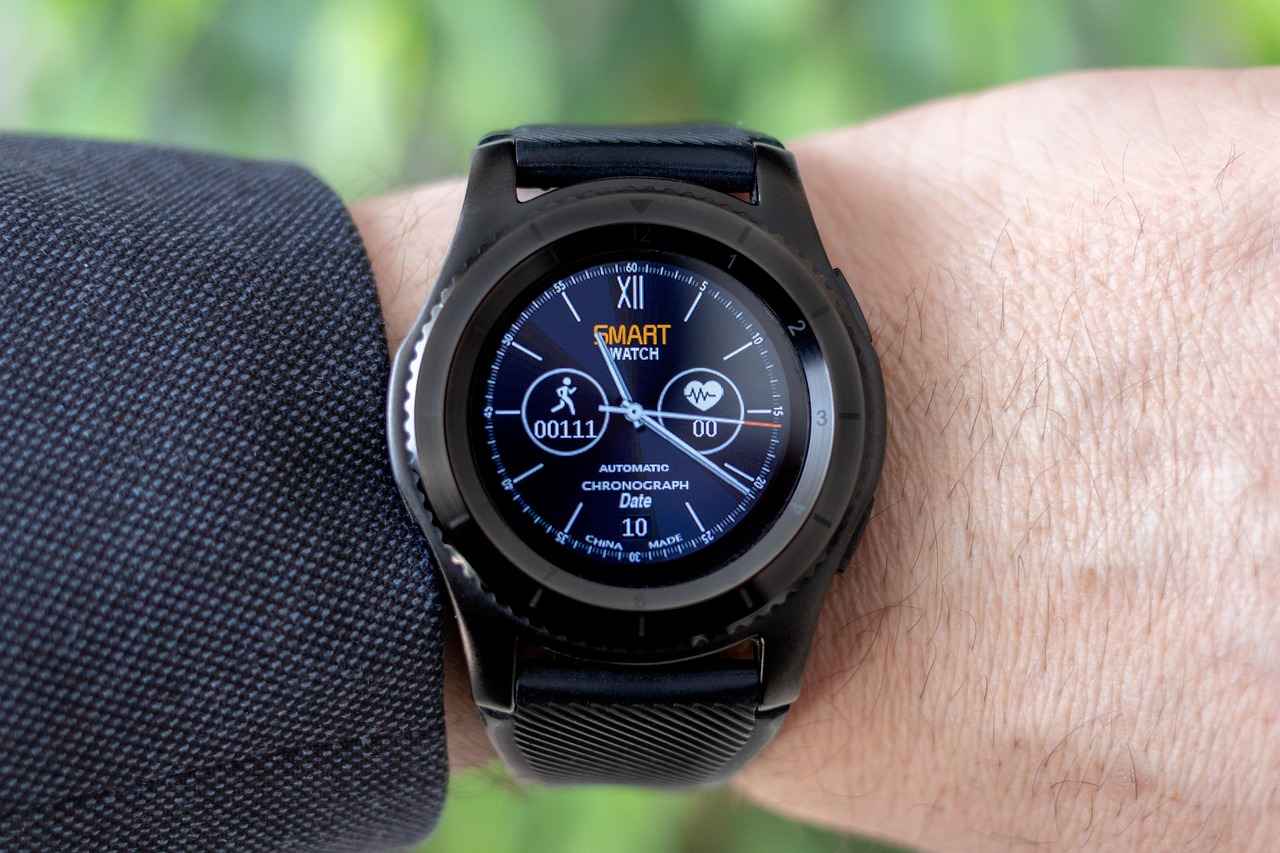
Best Smart Watches with Impressive Battery Life
This section delves into the best smartwatches currently available, specifically focusing on those that excel in battery performance. With the increasing reliance on smartwatches for fitness tracking, notifications, and various apps, the need for extended battery life has become a top priority for many users.
Smartwatches with impressive battery longevity not only enhance user experience but also reduce the hassle of frequent charging. Below, we explore some of the leading models that stand out in this category:
- Garmin Fenix 7 Series
This series is particularly favored by outdoor enthusiasts due to its rugged design and exceptional battery life. With features tailored for athletes, including GPS tracking and health monitoring, the Fenix 7 can last up to two weeks on a single charge, making it a top choice for adventurers.
- Apple Watch Ultra
The Apple Watch Ultra offers a blend of advanced technology and impressive battery performance. Designed for those seeking a premium experience, it can last up to 36 hours, especially when utilizing its optimized power-saving modes.
- Fitbit Charge 5
This model is known for its health-tracking capabilities and can last up to seven days on a single charge. Its efficient battery management makes it ideal for users who prioritize fitness and wellness tracking.
- Samsung Galaxy Watch 5
With a sleek design and a host of features, the Galaxy Watch 5 can last up to 40 hours, depending on usage. Its integration with Samsung’s ecosystem enhances its appeal for users already invested in Samsung products.
When choosing a smartwatch, consider your specific needs, whether it be fitness tracking, notifications, or overall functionality. The models listed above not only provide impressive battery life but also come equipped with features that cater to various lifestyles and preferences.
Garmin Fenix 7 Series
The stands out in the crowded smartwatch market, particularly for those who embrace the great outdoors. Known for its rugged design and exceptional battery life, this series caters to both outdoor enthusiasts and serious athletes alike. With a variety of features tailored for adventure, the Fenix 7 is engineered to withstand the elements while providing reliable performance.
One of the key highlights of the Fenix 7 series is its long-lasting battery. Depending on the model and usage, users can enjoy battery life ranging from 18 days in smartwatch mode to an impressive 57 hours in GPS mode. This longevity is crucial for those who engage in extended outdoor activities such as hiking, cycling, or marathon training, where frequent recharging is impractical.
- Durability: Built to military standards, the Fenix 7 is resistant to shock, heat, and water, making it suitable for extreme conditions.
- Advanced Tracking Features: It includes multi-band GPS, heart rate monitoring, and various sports modes, ensuring accurate data collection during activities.
- Solar Charging: Certain models in the series come with solar charging capabilities, further extending battery life by harnessing sunlight.
The Fenix 7 also features a vibrant always-on display, which enhances usability without compromising battery efficiency. Users can customize watch faces and widgets to suit their preferences, providing a personalized experience. Additionally, the Garmin Connect app allows seamless synchronization of data, enabling users to track their progress and health metrics over time.
In summary, the Garmin Fenix 7 series is not just a smartwatch; it is a comprehensive tool designed for those who demand reliability, durability, and outstanding battery performance. Whether you are scaling mountains or training for your next triathlon, the Fenix 7 is engineered to keep up with your active lifestyle.
Apple Watch Ultra
The stands out in the crowded smartwatch market, merging cutting-edge technology with exceptional battery life. Designed for those who demand both functionality and style, this smartwatch is particularly appealing to fitness enthusiasts and tech-savvy users alike.
One of the most remarkable features of the Apple Watch Ultra is its extended battery longevity. Users can enjoy up to 36 hours of usage on a single charge, making it a reliable companion for long workouts, travel, or daily wear without the constant worry of recharging. This impressive battery performance is made possible through advanced battery technology and efficient power management systems.
In addition to its battery life, the Apple Watch Ultra is equipped with state-of-the-art health and fitness tracking features. These include advanced heart rate monitoring, blood oxygen level tracking, and GPS capabilities, allowing users to monitor their health metrics comprehensively. The watch also includes specialized modes for various activities, such as diving and hiking, enhancing its versatility.
Another noteworthy aspect is the robust design of the Apple Watch Ultra. Built to withstand extreme conditions, it features a titanium case and a sapphire crystal display, ensuring durability and resistance to scratches and impacts. This makes it an ideal choice for outdoor adventurers and those with active lifestyles.
Moreover, the Apple Watch Ultra supports seamless integration with the Apple ecosystem, allowing users to receive notifications, control music, and access apps directly from their wrist. This connectivity adds to the overall user experience, making it not just a fitness tracker but a comprehensive smartwatch.
In summary, the Apple Watch Ultra combines advanced features with impressive battery longevity, appealing to users seeking a premium smartwatch experience that meets both their fitness and lifestyle needs.

Comparative Analysis of Battery Life Across Brands
In today’s market, the selection of smartwatches is vast, making it essential for potential buyers to conduct a comparative analysis of battery life across brands. This examination not only helps in identifying which smartwatches provide the best battery performance but also allows consumers to evaluate how these features align with their specific needs and budget.
Battery life is a crucial factor that can significantly impact the usability of a smartwatch. A device with a long-lasting battery ensures that users can enjoy various features without the constant worry of recharging. Thus, understanding the differences in battery performance among leading brands is vital.
- Brand Reputation: Established brands often invest in better battery technology and optimization, leading to superior performance.
- Feature Set: Smartwatches with extensive functionalities, such as GPS tracking and health monitoring, typically consume more power. Evaluating how these features impact battery life is essential.
- Software Optimization: The operating system and how well it manages power consumption can greatly influence overall battery longevity.
| Brand | Model | Battery Life | Key Features |
|---|---|---|---|
| Garmin | Fenix 7 | Up to 18 days | GPS, heart rate monitor, rugged design |
| Apple | Watch Ultra | Up to 36 hours | Advanced health tracking, premium materials |
| Samsung | Galaxy Watch 5 | Up to 40 hours | Wear OS, comprehensive health tracking |
| Fitbit | Versa 3 | Up to 6 days | Fitness tracking, voice assistant |
By comparing these brands and their respective models, potential buyers can make informed decisions based on battery performance, features, and price points. This approach ensures that users select a smartwatch that not only meets their functional needs but also provides longevity, enhancing overall satisfaction.
Samsung Galaxy Watch 5 vs. Fitbit Versa 3
When it comes to choosing a smartwatch, the Samsung Galaxy Watch 5 and Fitbit Versa 3 stand out as two of the most popular models on the market. A detailed comparison of these two devices reveals crucial differences in battery life and functionality, which can significantly influence the decision-making process for potential buyers.
The Samsung Galaxy Watch 5 boasts an impressive battery life of up to 40 hours on a single charge, making it suitable for users who are constantly on the go. Its advanced features, including a vibrant AMOLED display and comprehensive health tracking capabilities, justify its battery consumption. Users can enjoy functionalities like heart rate monitoring, GPS navigation, and sleep tracking without the constant worry of recharging.
On the other hand, the Fitbit Versa 3 offers a battery life of around 6 days, which is quite remarkable for a smartwatch. This extended battery life is particularly advantageous for fitness enthusiasts who prefer to wear their devices continuously for health monitoring. The Versa 3 focuses on essential fitness features, such as exercise tracking and guided breathing sessions, which consume less power compared to the Galaxy Watch 5’s extensive app ecosystem.
When evaluating these two models, users should consider their lifestyle needs. For those who prioritize a feature-rich experience, the Galaxy Watch 5 may be the better choice, despite its shorter battery life. Conversely, if long battery life and basic fitness tracking are paramount, the Fitbit Versa 3 is an excellent option. Ultimately, the decision hinges on whether users value functionality or battery longevity more in their smartwatch experience.
| Feature | Samsung Galaxy Watch 5 | Fitbit Versa 3 |
|---|---|---|
| Battery Life | Up to 40 hours | Up to 6 days |
| Display Type | AMOLED | AMOLED |
| Health Tracking | Comprehensive | Basic Fitness |
| GPS | Yes | No |
Wear OS vs. Proprietary OS Battery Performance
When choosing a smartwatch, one of the critical factors to consider is battery performance. The operating system (OS) that powers the device plays a significant role in determining how long the battery will last. In this section, we will delve into the differences between Wear OS and proprietary operating systems, highlighting their impact on battery longevity and overall user experience.
Wear OS, developed by Google, is designed to work seamlessly with Android devices. It offers a range of features, including notifications, fitness tracking, and customizable watch faces. However, users often report that smartwatches running on Wear OS tend to have shorter battery life compared to their proprietary counterparts. This can be attributed to several factors:
- Background Processes: Wear OS runs multiple background processes to ensure real-time updates, which can drain the battery faster.
- App Compatibility: Many third-party applications may not be optimized for battery efficiency on Wear OS, leading to increased power consumption.
- Display Settings: The vibrant and interactive displays on Wear OS devices can consume more power, especially if the screen is always on.
On the other hand, smartwatches with proprietary operating systems, such as those from Garmin or Apple, often have tailored software that is specifically designed to maximize battery life. These systems typically include:
- Optimized Power Management: Proprietary OS often includes advanced power-saving features that intelligently manage battery usage.
- Hardware Integration: The software is designed to work closely with the hardware, allowing for better performance and efficiency.
- Custom Features: Many proprietary systems offer unique features that can enhance battery life, such as low-power modes and customizable settings.
In summary, understanding the differences in battery performance between Wear OS and proprietary operating systems is crucial for users. By evaluating how each OS manages power and integrates with hardware, potential buyers can select a smartwatch that best meets their daily needs and lifestyle requirements.
Frequently Asked Questions
- What is the average battery life of a smartwatch?
The average battery life of a smartwatch varies widely, typically ranging from 1 to 14 days depending on the model and usage. For instance, fitness-focused watches like the Garmin Fenix 7 can last up to two weeks, while more feature-rich models like the Apple Watch Ultra may require more frequent charging.
- How can I extend the battery life of my smartwatch?
To extend your smartwatch’s battery life, consider enabling power-saving modes, reducing screen brightness, and limiting notifications. Additionally, turning off unused features like GPS and heart rate monitoring when not needed can significantly help conserve battery.
- Are lithium-polymer batteries better than lithium-ion?
While both battery types have their advantages, lithium-polymer batteries are often more flexible in design, allowing for sleeker smartwatch profiles. However, lithium-ion batteries typically offer better energy density, which can lead to longer usage times. Ultimately, the choice depends on the specific needs of the user.
- What factors influence smartwatch battery life?
Several factors influence battery life, including the type of display, the efficiency of the operating system, and how often you use features like GPS and heart rate monitoring. The more features you use, the quicker your battery will drain!
- Can I replace the battery in my smartwatch?
In most cases, replacing the battery in a smartwatch is not user-friendly and often requires professional service. Some brands offer battery replacement services, while others recommend purchasing a new device once the battery life diminishes significantly.

